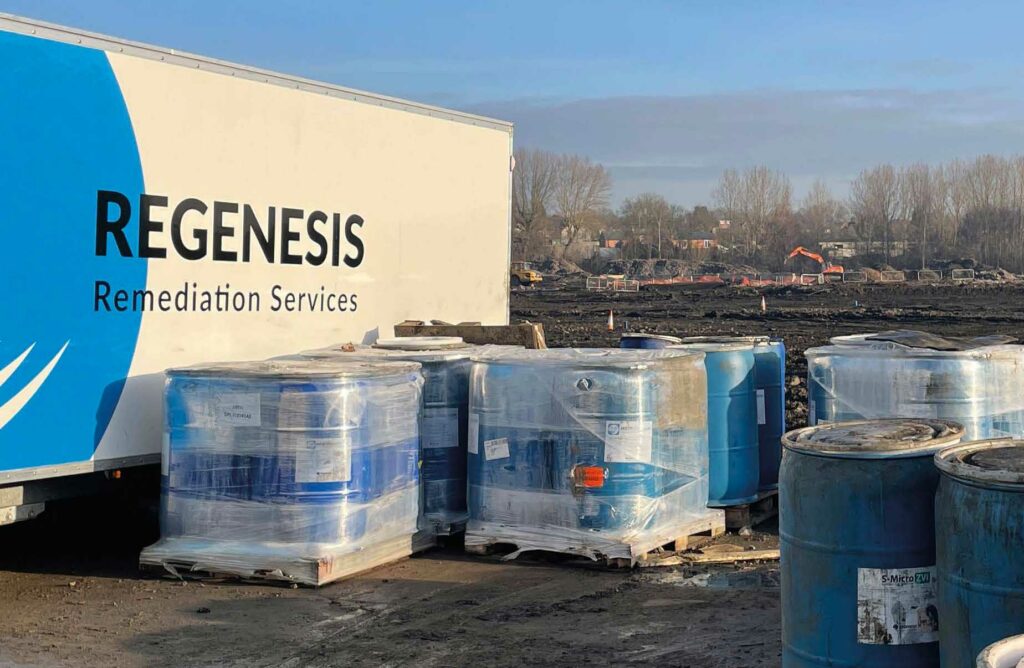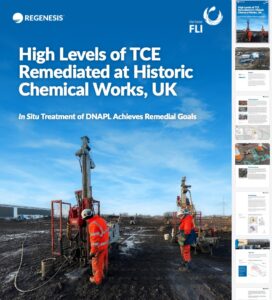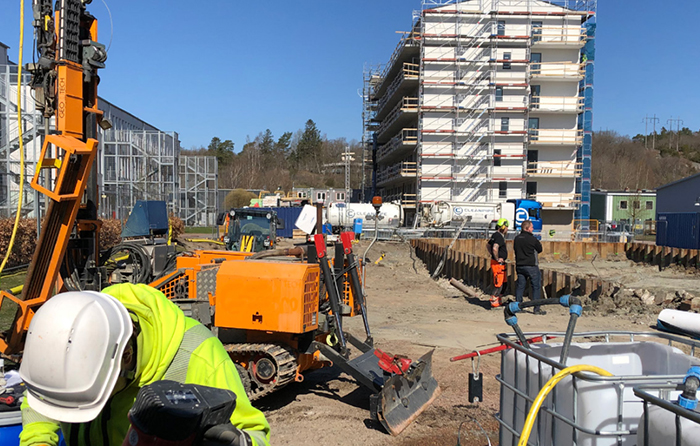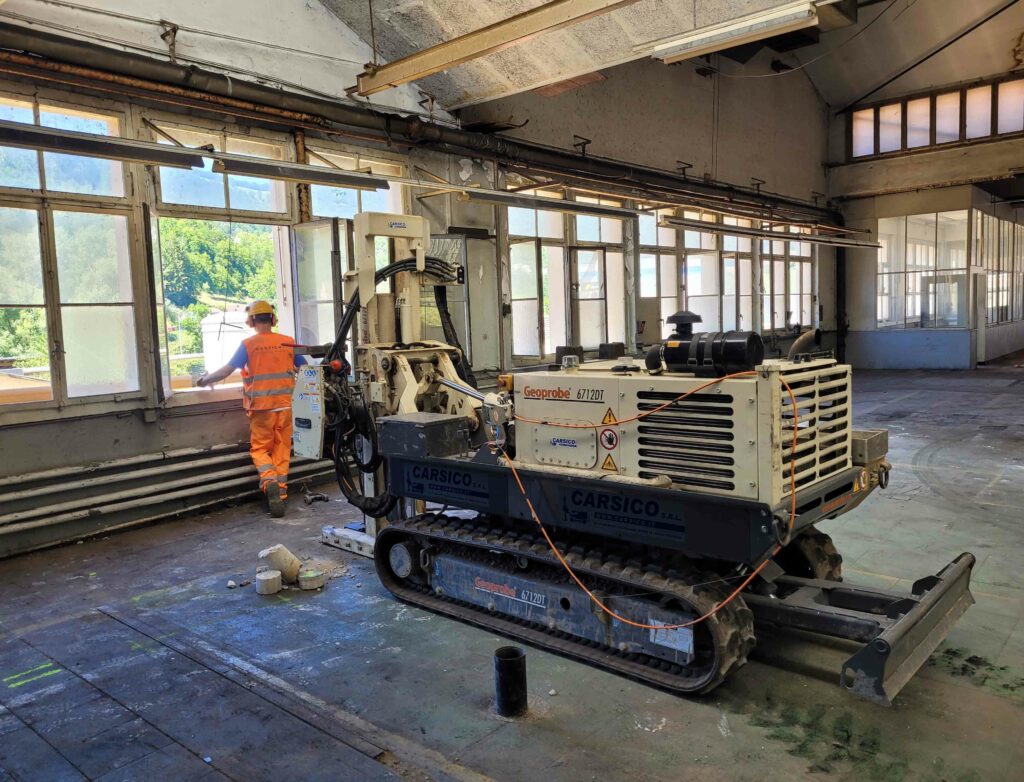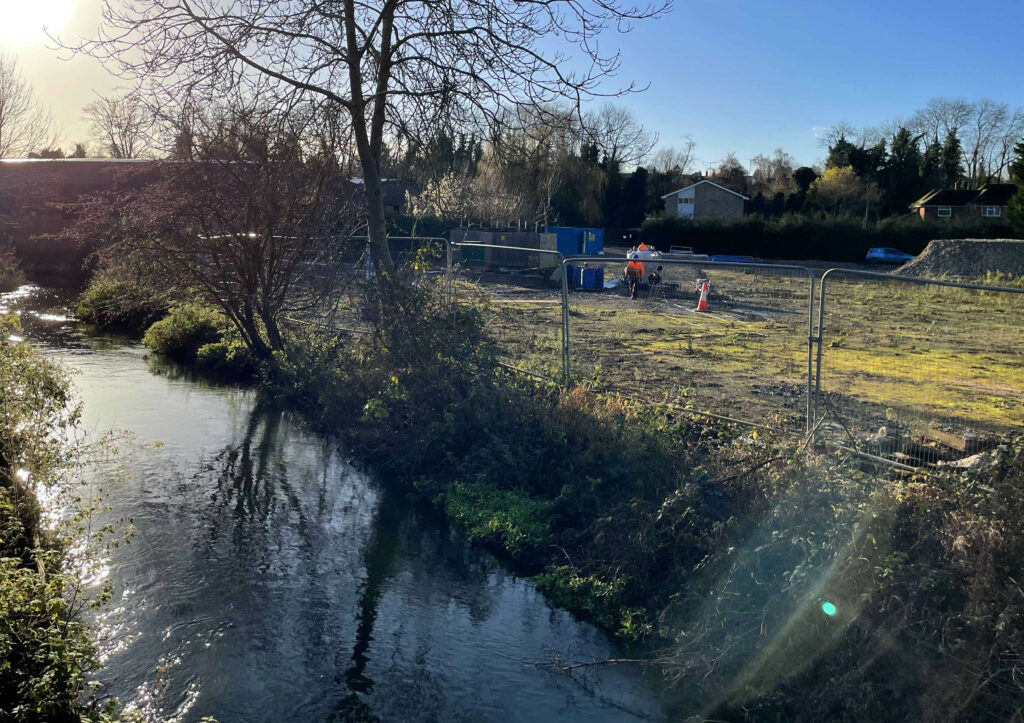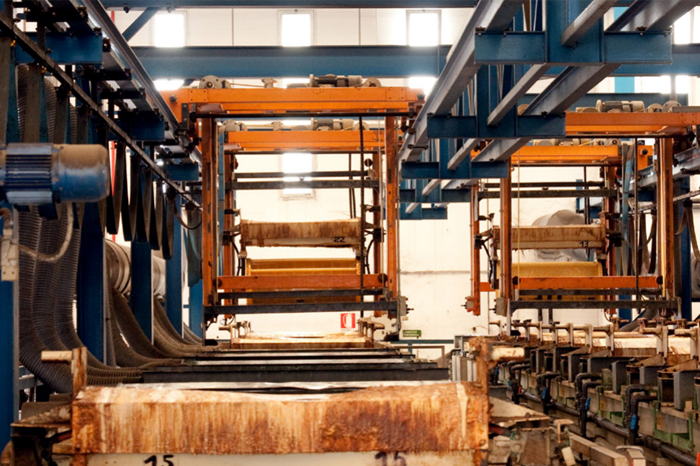Full Life Cycle Analysis Conducted by Ramboll Finds PlumeStop Has 98% Lower Carbon Footprint than Pump & Treat for PFAS Remediation
Pandora’s PFAS box: Life cycle exposure considerations of treatment options for PFAS in groundwater
High levels of TCE Remediated at Historic Chemical Works
In-Situ Remediation of DNAPL Achieves Remedial Goals
Case study highlights:
- Once considered one of the most environmentally contaminated sites in the UK
- REGENESIS designed and delivered a suitable and pragmatic in situ groundwater solution on behalf of Vertase FLI for a portion of the site, fitting in with the wider remediation works and site redevelopment programme.
- Combined ERD and ISCR treatment using S-MicroZVI® and 3-D Microemulsion®
- 90% TCE mass removal achieved in 12 months, exceeded the remedial goal, allowing the site redevelopment to continue apace.
- Multiple lines of evidence show ongoing, long-term reductive dechlorination, without VC stall.
Or watch the 5-min project video with site footage and interviews
PlumeStop & S-MicroZVI Barrier Reduces Chlorinated VOCs by 95% in 1 Month
Case study highlights:
- Integrated treatment protects newly constructed residential buildings from vapour risk
- The integrated treatment approach combined in situ chemical reduction (ISCR) and sorption & biodegradation in an injected permeable reactive barrier (PRB)
- The colloidal PlumeStop® and S-MicroZVI® amendments rapidly reduced CVOC concentrations to below or near the detection levels
At an ongoing residential development in Southwest Sweden, low CVOC levels in the groundwater required a remedial solution to protect the newly constructed buildings against vapour intrusion. RGS Nordic (now: Sortera) asked REGENESIS for an in situ remediation solution.
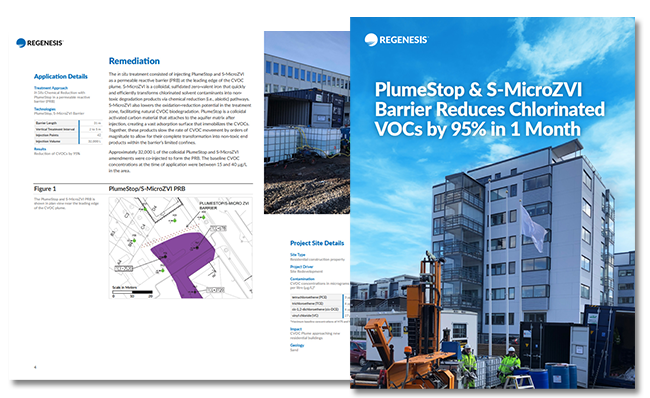
Effective In-Situ Treatment of a 1km PCE Plume in Finland
Case study highlights:
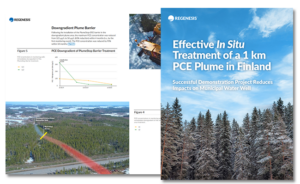 In Eastern Finland, a fast-moving PCE (perchloroethene) plume beneath a metal-processing facility was remediated to reduce impacts on a municipal drinking water source.
In Eastern Finland, a fast-moving PCE (perchloroethene) plume beneath a metal-processing facility was remediated to reduce impacts on a municipal drinking water source.
- PCE concentrations were reduced to below the drinking water limit at the municipal water supply well (concentration reductions of approximately 80% in the plume within months and 90 to 95% by 18 months)
- Results indicate that the combined treatment approach can be successfully applied in cold groundwater aquifers with low organic carbon content
- Integrated source area grid treatment (ERD) and plume barrier treatment (PlumeStop®) is an effective strategy for treating elongated chlorinated solvent plumes
Award-winning PFAS Remediation at a Private Airfield
In situ PlumeStop barrier treatment unlocks site divestment and redevelopment in England, UK
- A sustainable solution – REGENESIS and Mott MacDonald have successfully implemented a sustainable remediation solution for Per- and Polyfluoroalkyl Substances (PFAS) contamination at a private airfield in England.
- A milestone project – Remediation of PFAS impacted groundwater on this site was completed through the injection of PlumeStop to create a passive underground water filtration zone. This in situ treatment was the first of its kind in the UK.
- An award-winning collaboration – The project has won the ‘Best application of remediation technologies’ Award at the Brownfield Awards in 2023.
6m 24s reading time

In Situ Reduction of Hexavalent Chromium in Switzerland
Timely remediation of a former component factory in Northern Switzerland
At a former precision component manufacturing facility in northern Switzerland, hexavalent chromium contamination was found in the underlying soil and groundwater.
The challenge for Environmental Consultant CSD Ingénieurs was to find an effective remediation solution that allows business activities to continue, keeps costs low and avoids the demolition of historic buildings. Read the case study to learn how this puzzle was solved with the help of our products and services.
Read the case study
4m 17s reading time
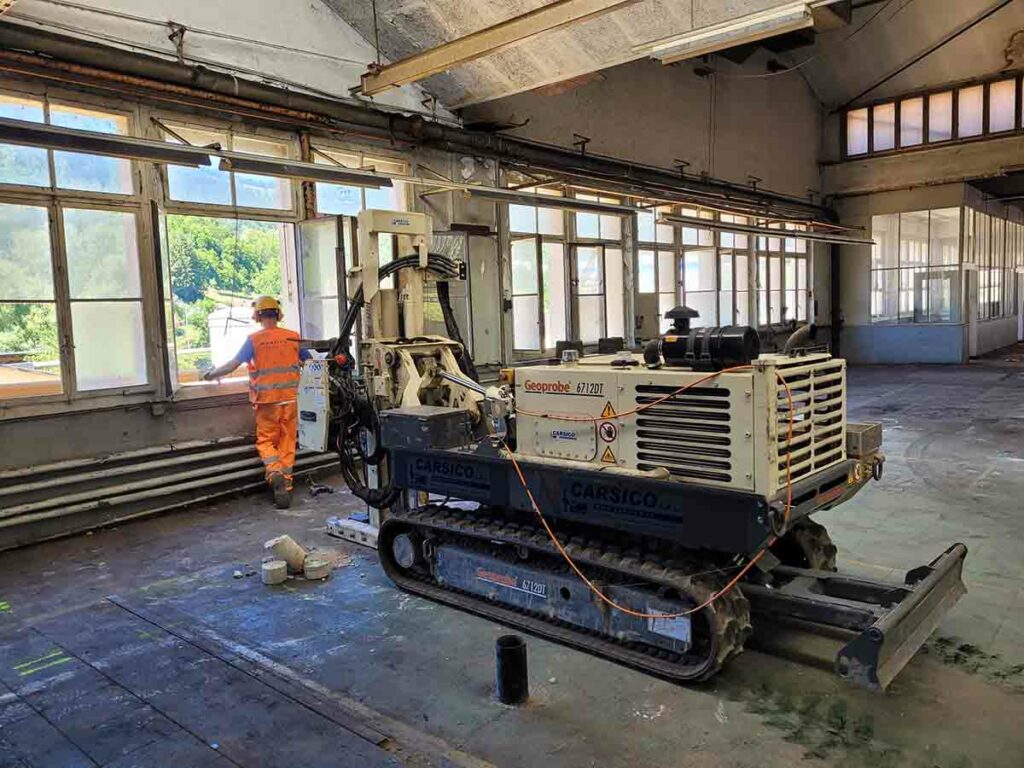
Protection of a chalk stream using an injected permeable reactive barrier
Integrated remediation of petroleum hydrocarbons in soils and groundwater
At a brownfield redevelopment site in Hertfordshire, UK, petroleum hydrocarbon contamination originating from historic fuel storage tanks leaks, required remediation to protect the adjacent sensitive and protected chalk stream.
Working with the Environmental Contractor Rake Remediation, REGENESIS helped devise an efficient and integrated remediation strategy, that has been delivered in two phases.
Read the case study
1m 28s reading time
-
Watch the project video
-
Explore treatment options for petroleum hydrocarbons
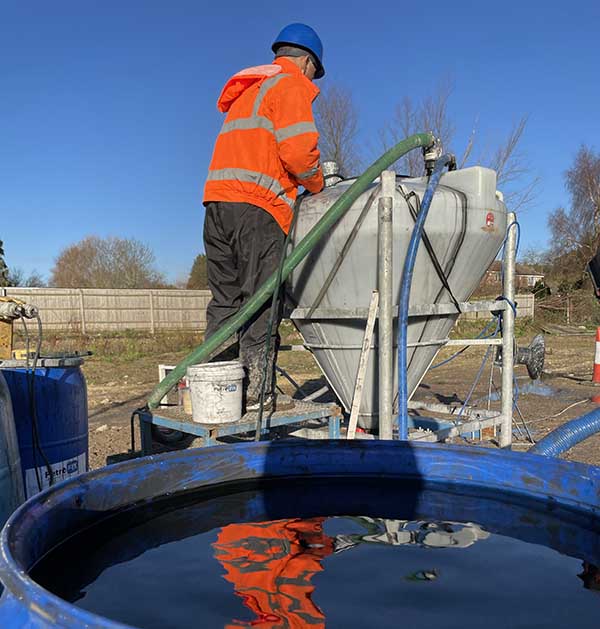
In Situ Treatment of Hexavalent Chromium Results in Site Closure
Case study highlights:
- Commodity ZVI and 3-D Microemulsion/CRS rapidly reduced Cr(VI) concentrations, achieving remarkable reductions within months.
- S-MicroZVI® and 3-D Microemulsion offered improved distribution and reactivity, addressing previous limitations in the remediation process.
- The use of S-MicroZVI® and 3-D Microemulsion led to a rapid 99% reduction in Cr(VI) concentrations, securing regulatory closure for a long-standing contamination case.
This case study focuses on the successful remediation of hexavalent chromium (Cr(VI)) contamination at a chrome plating facility in the Midwest of North America. Decades of ineffective pump & treat (P&T) operations led to the need for a cost-effective and rapid solution to achieve regulatory closure.
Enviroforensics, an environmental engineering and remediation firm, directed the pilot test efforts, which aimed to determine the optimal remedial approach for Cr(VI) treatment.
The study found that in situ chemical reduction combined with in situ bioremediation (ISCR-BR) effectively reduced Cr(VI) concentrations, with promising results from two different remediation amendments: a viscous zero-valent iron (ZVI)/organic mixture and a 3-D Microemulsion/Chemical Reducing Solution® (CRS) mixture. Demonstrating that the combination of S-MicroZVI® and 3-D Microemulsion for ISCR-BR is a highly effective and efficient solution for remediating Cr(VI) contamination, particularly in situations where minimal disruption is crucial. These colloidal amendments offer superior distribution capabilities, making them ideal for treating a wide range of contaminants in various subsurface environments.
2m 55s reading time
Remediation of BTEX and Chlorinated Solvents at Volvo Car Gent
Long-term monitoring shows success of in situ groundwater treatment at an active car manufacturer in Belgium
Background
Volvo Car Gent is a car manufacturing facility in the port district of Ghent, in the west of Belgium. Historic handling and storage of chemicals has led the soils and groundwater below the plant becoming contaminated with Petroleum Hydrocarbons (including BTEX) and Chlorinated Solvents.REGENESIS was asked to provide a solution to treat two plumes and prevent off-site migration, whilst keeping any disruptions to Volvo Car Gent operations to an absolute minimum. Artemis Milieu and REGENESIS worked closely together with client Volvo Car Gent, to deliver the most appropriate and effective remediation solution for the site.
Case Study Highlights
- The full-scale remediation addressed two plumes in two treatment areas with cost-effective in situ barrier and grid injections
- The combined treatment approach used ISCO, Sorption & Enhanced Biodegradation as well as Aerobic and Anaerobic Biostimulation to address the contamination.
- Challenges: operational plant and restricted access
- Client quote, remediation cost and long-term result graphs included
2m 32s reading time
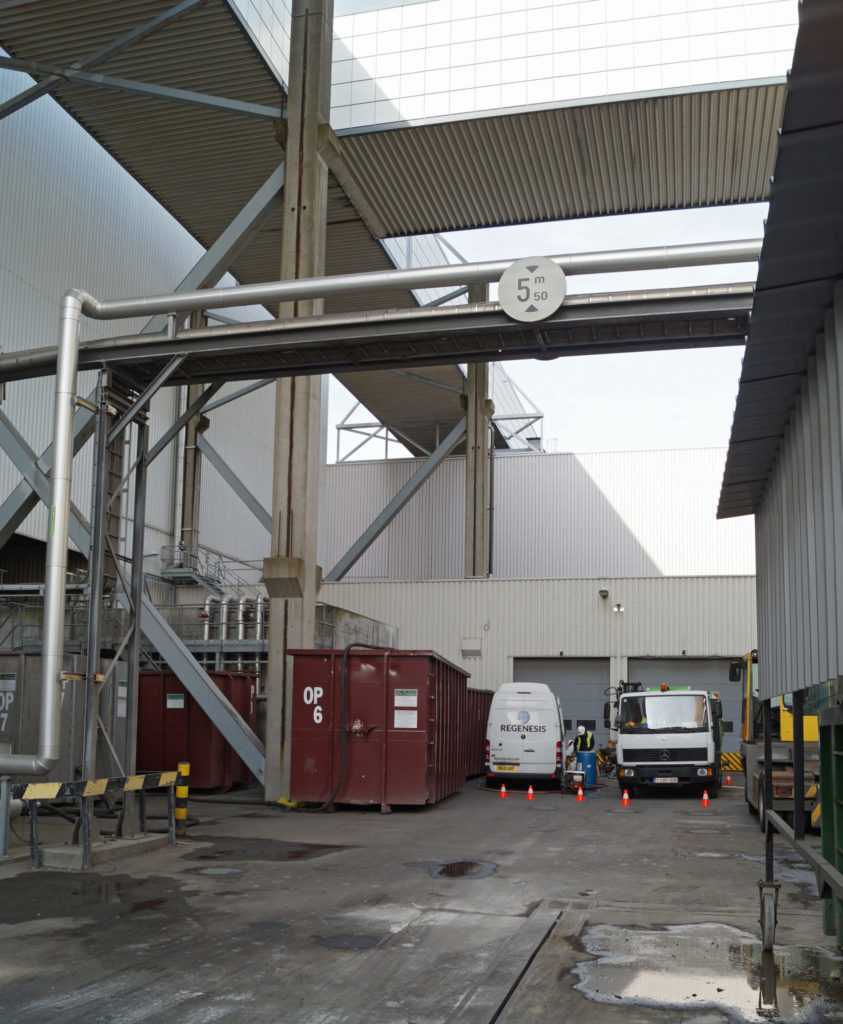


 Americas
Americas Europe
Europe Français
Français Deutsch
Deutsch Italiano
Italiano Español
Español

